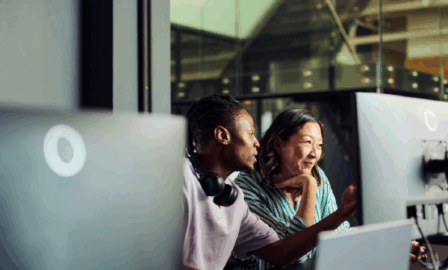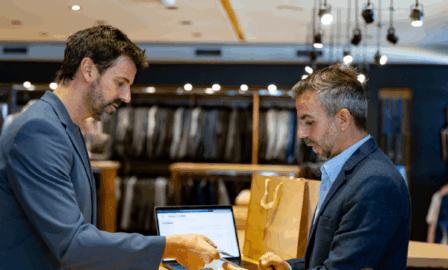Biosimilars are Coming. Are You Ready?
Biosimilars are coming to the US. Although the details on the pathway for biosimilars are still being finalized, the cost savings potential and the positive impacts on human health are too compelling for industry and regulators to not come to an agreement. In anticipation of the day when biosimilar medicines are available in the US, as they are in other parts of the world, there are two critical stakeholder groups whose perspectives must be understood – prescribers and patients.
Clarkston Consulting and Babson College teamed up to execute a Biosimilars Market Adoption Survey to better understand the knowledge level and perceptions of both prescribers and patients, with the intent of providing recommendations to biosimilars manufacturers on what they can do to achieve the greatest levels of adoption in the fastest amount of time.
Biosimilars: In Some Ways, the Next ‘Generics,’ But Not In All…
Congress established an abbreviated approval pathway for biosimilars and interchangeable biologics as part of the Affordable Care Act, which became law in March, 2010. The Affordable Care Act authorized the FDA to develop regulations for the approval of less-costly biosimilar medicines. While biosimilar products are available in other highly regulated markets, like the EU, Canada, Australia and Japan, the FDA is now charged with, and is in the process of, developing the regulations and guidances for biosimilars here in the US.
A recent study by Grant Thornton noted that over the next four years (by end of 2016), branded biologics with $40 billion in U.S. sales will come off patent; with the more than $20 billion in branded biologics already off patent, $60 billion in annual spending in the U.S. is on the table. The most conservative estimates in the report show that biosimilars hold the potential to save $20 billion annually. Various other economic impact studies estimate the projected savings to be between $42 billion and $108 billion over the first 10 years of biosimilar market formation.
These savings are clearly compelling, just as with generic drugs. However, this is where many of the similarities end. There are two very key differences between traditional generics and biosimilars that leading generics companies are focused on in anticipation of FDA approval for the US market. First is the science behind these drugs and the way they will need to be manufactured and brought to market.
For more, please download our report.



